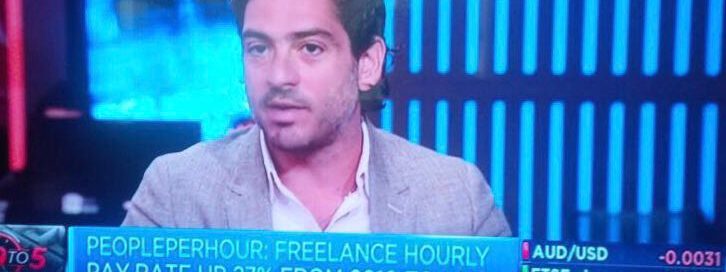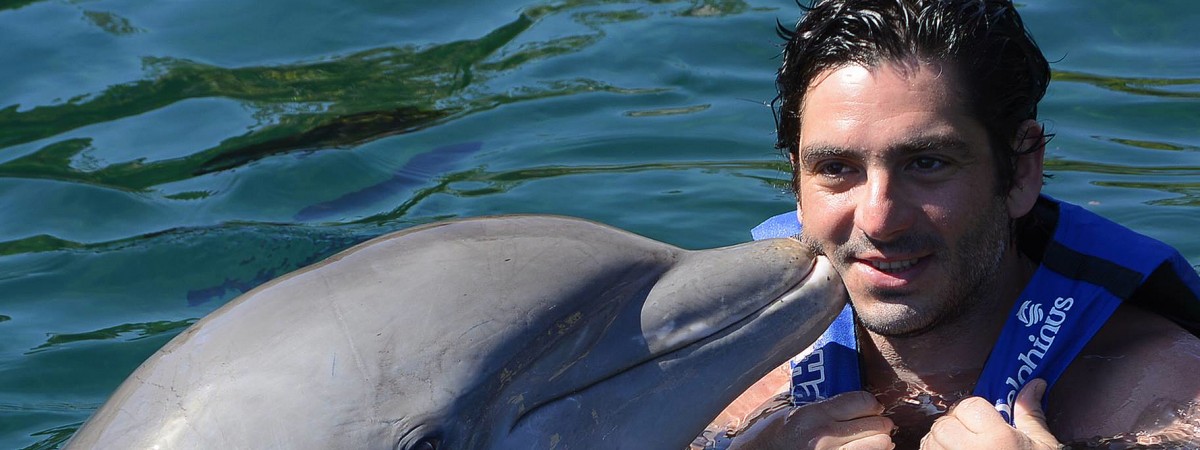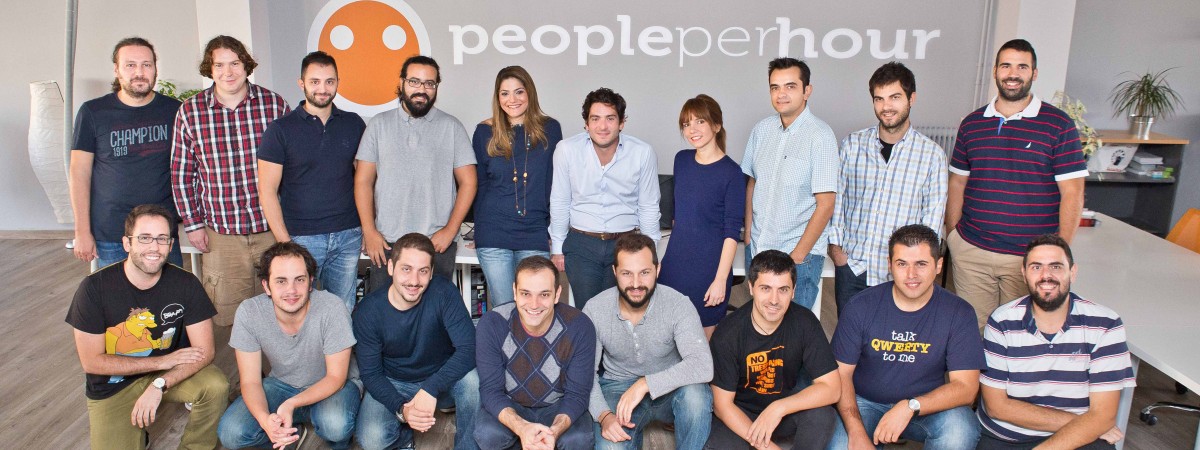Why a 3-year-old makes for a better leader than most adults.
I just came back from week long trip to Dubai where I got to spent a good amount of time with my 3-year-old niece. The more time I spent with her the more the realisation dawned on me that kids really exhibit the raw traits of great leaders better than most adults! Here’s why
- Kids keep asking WHY
Spend time with any kid and you’ll be drowned with a series of Whys. Why are you here, why are you leaving, why are your trunks wet? Then you say “because I got in the pool” which in turn is followed by ‘Why?”.
Kids start with Why. And so do great Leaders, as Simon Sinek so eloquently argues in his book by that name: Start with Why.
Why are we building what we are building? Why does doing what we do even matter? Why are we doing things this way? True that was a good way to do it yesterday but Why is it still relevant today? Why have we made these decision? Or – more importantly – why have we not?
If you keep asking why firstly you will eventually – with a few more wrinkles under your eyes – foster a culture of always ALWAYS challenging the status quo. This is a must for any company that wants to stay relevant. You cannot afford to take anything for granted in business.
Secondly, you will instil a sense of purpose within your organisation. People will understand why things are happening, why they’re happening in the way they are happening, why their sweat and hard work matters, and therefore why they should get out of bed tomorrow and come back to work.
This holds true for customers as well. Tell a customer what he is getting and – unless it falls in the rare category of being a total giveaway – they will consider it sceptically at first. But tell them WHY that thing will change their life, or that of others, and you’ve got them hooked. Their purchase now has a purpose, not just a utility.
- Kids like story-telling
Kids don’t do well with matter-of-fact talk as I found out the hard way. Dry factual statements don’t engage them. Stories do
It really is the same in business. Present your team, shareholders or customers with a matter of fact statement and they will at best give you a nod. Dress it up in a story and you may put a smile on their face. You win people with stories.
Which is why great leaders are great story tellers. They are anecdotal, witty, humorous, and engaging. Think Winston Churchill. They get the message across to you via mesmerising story telling.
Perhaps the best known example of this is Steve Job’s Stanford commemoration speech where he famously opens up by saying “today I want to tell you three stories from my life… that’s it, no big deal, just three stories”
That speech was literally three personal stories, but within them a wealth of wisdom dressed up in such a way that it made the messages unforgettable. Had he just recited his words of advice like he famous ‘stay hungry, stay foolish’ in a straight matter of fact way it would not have resonated the same.
- Kids like to say NO
Ask a kid to share their candy with you, give you a hug, come play with you… unless you hit them in a good moment or bribe them with something their instinctive reaction is to say NO. Not ‘No because…’; just ‘No’
Running a company is quite the same. People will keep asking for more no matter what you give them. No customer is eternally happy. Give them a discount, they’ll keep coming back for more. Until you say NO. Give your employees some perks, a salary rise, a pat on the back… they’ll keep coming for more. Until you say No.
The groomed ‘MBA way’ is to be transparent with them, engage in dialogue, present them with your limitations, with your annual budget, you may even transparently share your P&L and show your razor thin margins expecting naively that they will just know better than to ask given how transparent you’ve been. Wrong. They will keep asking. Until you just say No.
Not that long ago I made this mistake. After I overheard whispers in my company PeoplePerHour such as ‘but if we are doing well why aren’t we getting salary rises or why are we sensitive to costs’.. I thought I’d address the issue the civilzed way. I spent hours explaining to my people, team by team, drawing charts on whiteboards showing transparently how our costs are rising in comparison to our revenues. I explained that the ‘delta’ (a terms that’s now become anecdotal in the company’) needs to be widening for a healthy business. That’s it plain and simple. An undisputed statement of fact – not a story.
Total waste of time. None of that stuck. And given that not everything can always be packed in story telling, sometimes its just commanding to simply say NO.
- Kids are instinctive
When you try to bribe a kid with candy they will look at you judgingly with piercing eyes, as if thinking “what’s this guy up to…”. They are too shrewd to fall straight in the trap.
The logical decision would be to take the ‘candy’ if it’s up for grabs. Customers would certainly do that without blinking once! So would your employees and your shareholders. Do you think they’d be like “hmm wait why is this guy offering us a dividend, sounds fishy”. Not a chance.
Lacking the tools to make a fully formed logical ‘analysis’ of a situation or follow the empirical evidence forces kids to use their intuition, or instinct. They operate ‘from the gut’ as Jack Welch used to famously swear by, much more than most adults do. It’s refreshing and almost always gets a better result.
Conversely having an over developed logical brain can be a handicap both in life and in business. Its like having a tool that’s too sharp for its own good. You tend to over-analyse, over-think things and get stuck in indecision. Indecision is – in the end – much more expensive than even the wrong decision. Have you ever seen a kid be indecisive?
There’s good reason why instinct matters. Firstly it’s the thing that differentiates us from a machine. Logic is limiting by definition, whilst intuition and its derivative – imagination – is boundless. Einstein put it perfectly: “Logic takes you from A to B, but imagination takes you everywhere”. Man can no longer compete with computers in processing logical sequential thoughts. But we do better in scattered imaginative thinking.
Secondly, our limbic brain – the part of the brain that’s responsible for all our feelings such as trust, loyalty and intuition -– is actually more developed than the rest of our brain, and forms first at the core of the human brain. It’s the part of our brain that controls all emotions but can’t for example process language, numbers or logic. But its what tells us if something ‘feels right’. Decisions made with the limbic brain tend to be faster higher-quality decisions but our logical brain tells us to ignore them. Simon Sinek in Start with Why calls this the ‘overthinking’ syndrome and explains
“The more time spent thinking about the answer, the bigger the risk that it may be the wrong one. Our limbic brains are smart and often know the right thing to do. It is our inability to verbalise the reasons that may cause us to doubt ourselves or trust the empirical evidence when our gut tells us not to”
Very simply the reason gut or instinctive decisions feel right is because the part of the brain that controls them controls our feelings too.
- Kids are fearless
Being indecisive and fearful one could argue are both different expressions of the ‘overthink’ syndrome. But not quite. Kids demonstrate this too: sometimes you’ll see a kid go for it after evaluating the odds, whilst adults won’t.
If logic is our brain’s desire to process information in order to make a decision, fear is HOW MUCH information we need in order to be comfortable with it. To feel safe. A high threshold on both is a double handicap.
Jeff Bezos recently said in another amazing memo to his employees “most decisions should probably be made with somewhere around 70% of the information you wish you had. If you wait for 90%, in most cases, you’re probably being slow”
So true.
Speed matters in business (and in life), so if you multiply all the decisions that are taken daily across an organisation by that extra 20%, it could easily be the difference between success and failure. ‘High velocity decision making’ as Bezos puts it is crucial in remaining nimble or ‘Day1’ as he likes to call it.
In other words, seen in context with intuition: trust your initial gut as a first port of call, your limbic brain is telling something for a reason. But if you must deploy logic and analysis, make sure it doesn’t become paralysis.
Or hire a three-year-old!

















Your email address will not be published.